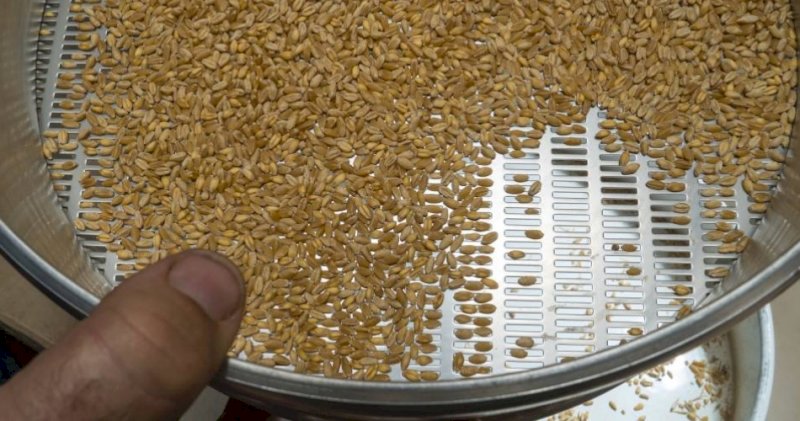Protein crucial for Grain market strength
- By: "Farm Tender" News
- Cropping & Grain News
- Sep 14, 2021
- 508 views
- Share

By Darcy Ingram - AWB
Winter is behind us and the Australian wheat crop is in great shape for another bumper harvest with most forecasts falling short of a record year but well in excess of 32 million tonnes. Rainfall in spring will of course be crucial to the final result but with strong pricing and the BOM forecasting above average rainfall for the east coast, growers have plenty to be excited about. With wheat yields looking solid, focus then shifts to quality in a year where achieving a higher protein wheat crop could be rewarded on the cash boards.
Much has already been made of the production problems encountered in the Northern Hemisphere. Severe heat and drought conditions have severely impacted the US spring wheat crop while Canada is expected to produce its smallest wheat crop in over a decade, dealing a major blow to importers that traditionally look to these origins as their source of milling wheat. Late rains during the European harvest are adding to global quality concerns, with test weight issues resulting in downgrades to French and German wheat crops. Ukraine’s bumper harvest will provide some relief to global demand and a surprise twist to Russia’s disappointing yields, a result of winterkill events, was an increase in crop rating. 44% of their crop was rated as good milling quality compared with 32% last year.
As a result of more low grade wheat entering the market, coupled with a balanced production of course grains it appears that the world will seemingly get its fill of feed grains. The same cannot be said of higher quality wheat where there will almost certainly be a deficit of milling grade wheat. Global futures markets are reacting to the news and imports may need to be curbed where possible however, intrinsic demand remains that Australian exports can play a key role in filling.
Global freight rates continue to be expensive and proximity will offer immediate trade advantages for Australia. Expectations are that we will actively participate in neighbouring Asian markets, including increased selling to China. A supply shortage could see our opportunities continue to expand as importers are forced to look to alternate origins to source their milling requirements. It is important to note that the opposite is also true of the current demand picture and any wheat of poorer quality may be forced to compete with the increased supply of feed grains from around the world.
In recent years, Australian wheat protein spreads have narrowed at harvest as quality concerns eased and confidence grew that we were able to meet our demand requirements. The spread between ASW and APW is currently sitting at around $15 to $20 for 21/22 wheat on the east coast. Where these prices go from here remains unknown, demand will become clearer in the lead up to harvest as will quality expectations. Australian premiums for higher protein wheat will certainly fluctuate in the coming months as weather continues to play its part. One thing is for certain, it won’t just be Australian farmers keeping a close eye on the crops.









Share Ag News Via